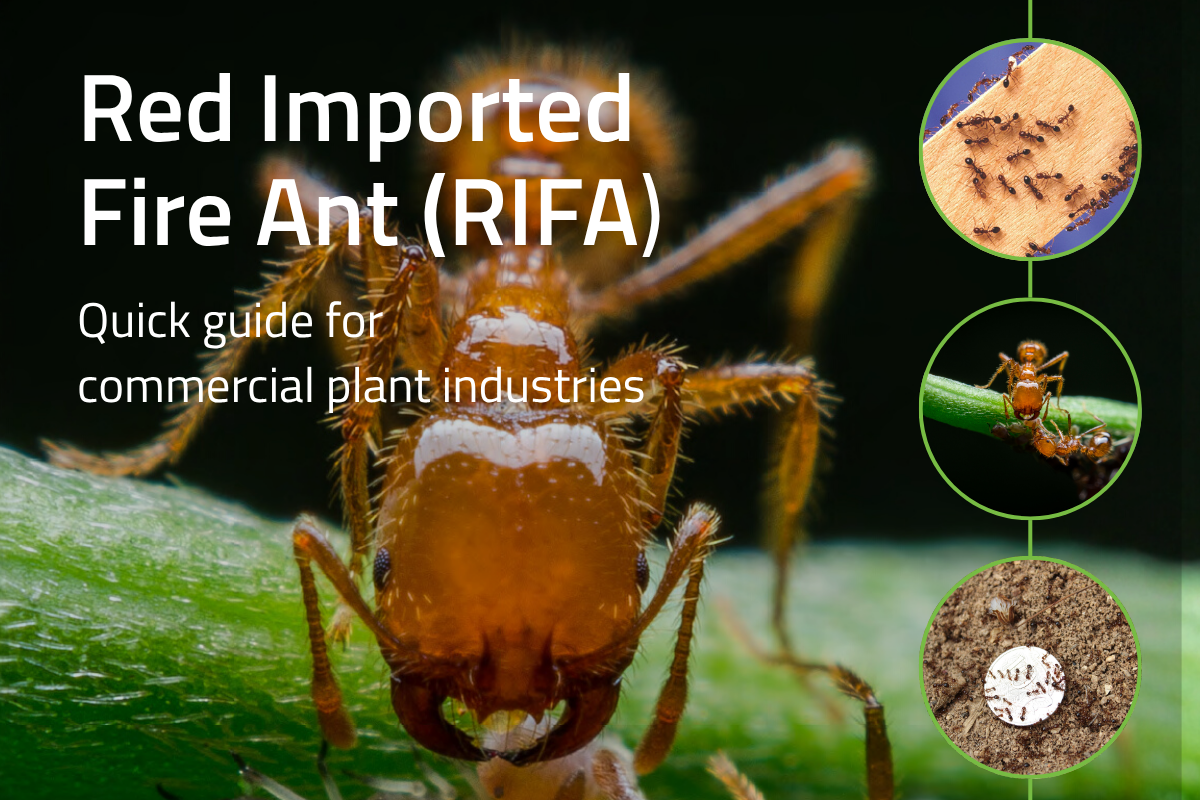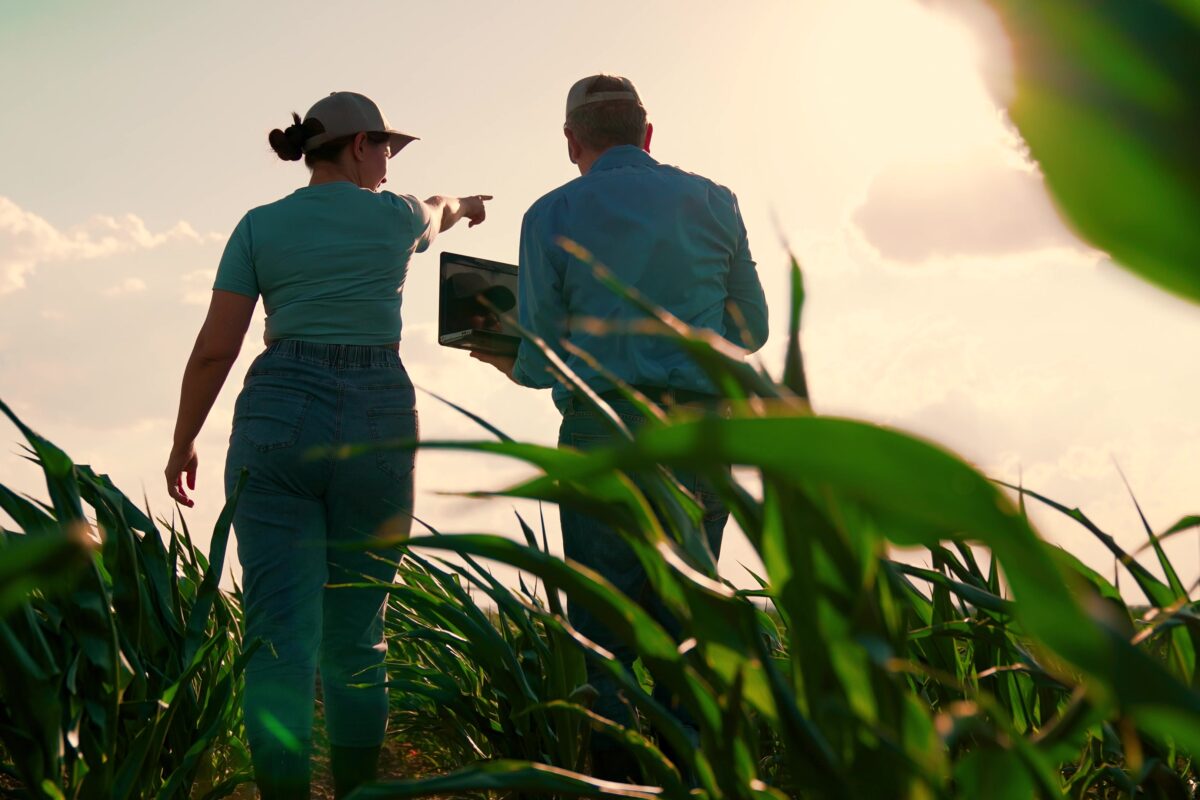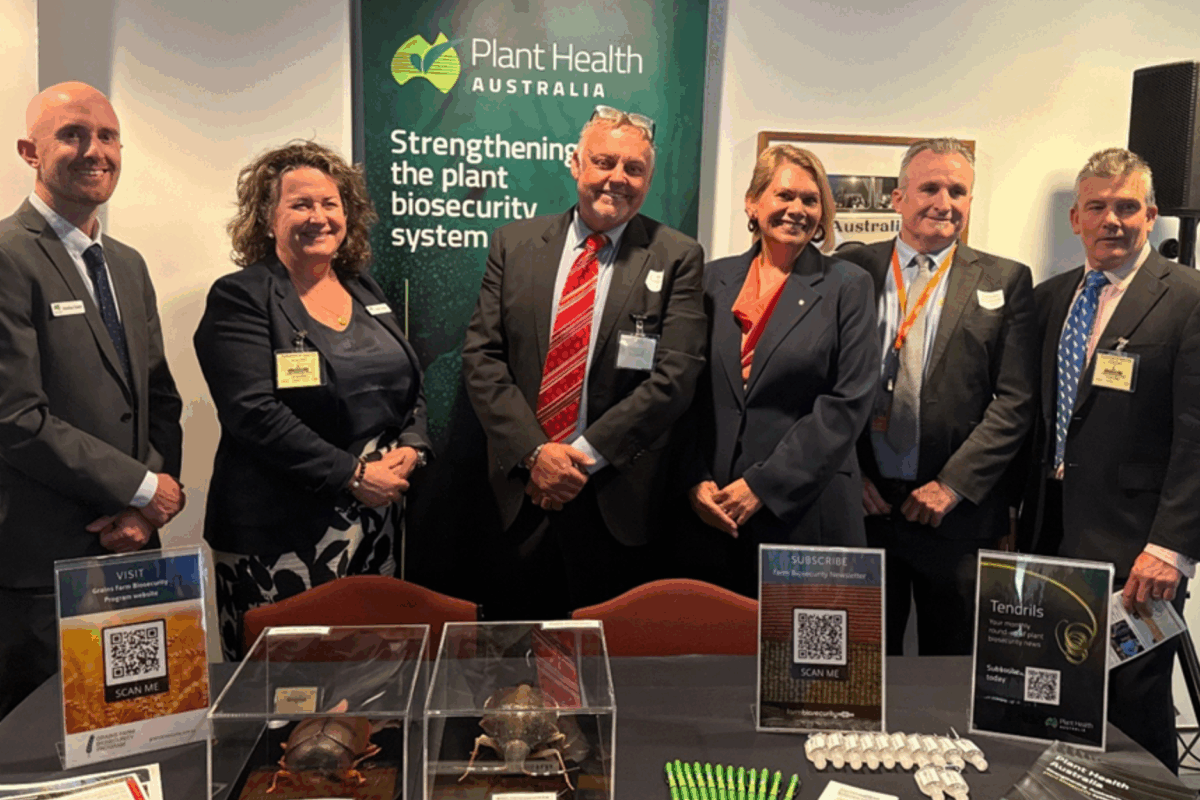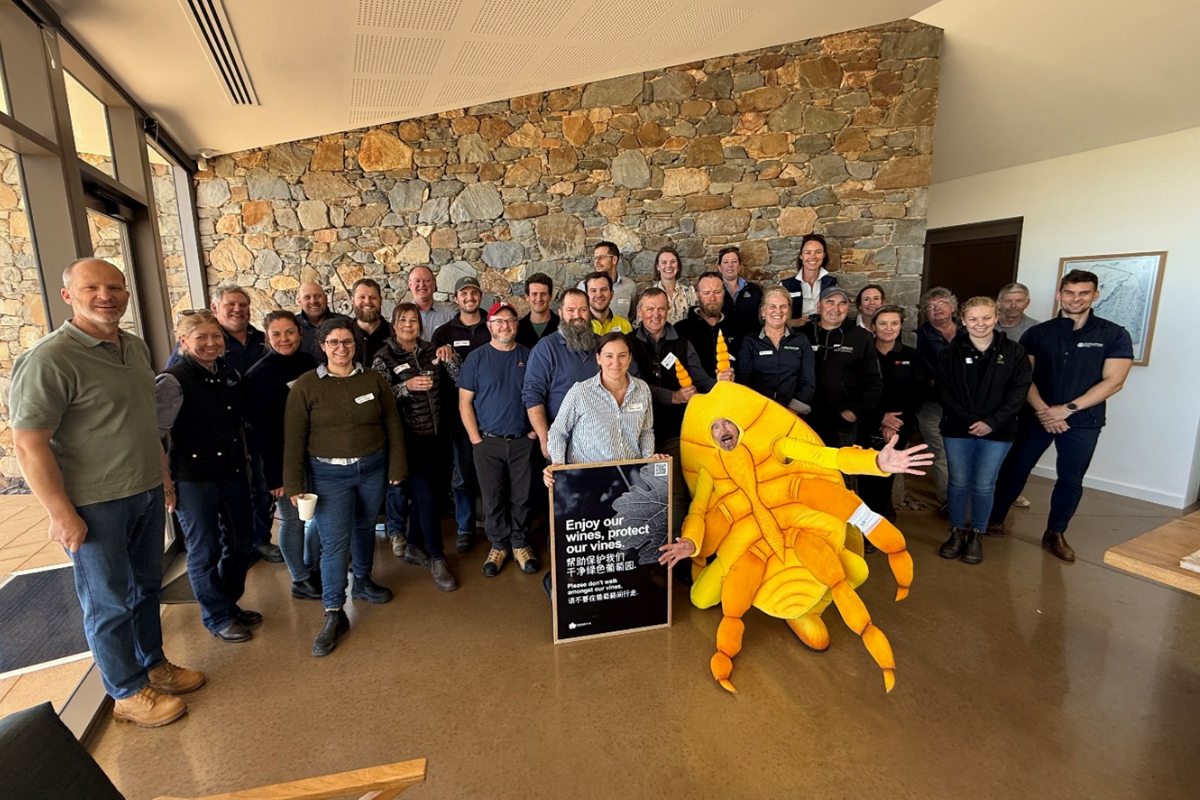PHA launches new Red Imported Fire Ant Quick Guide
Plant Health Australia (PHA) has released a practical Red Imported Fire Ant (RIFA) Quick Guide for commercial plant industries, giving growers, agronomists and contractors clear, actionable steps to prepare, identify, manage and report suspected fire ant activity.
Developed by PHA for its Members and Peak Industry Bodies (PIBs), the guide brings together the latest technical information from the National Fire Ant Eradication Program, along with international research and Australian field experience. It is designed to help industries apply immediate risk-reduction practices and plan for potential incursions into production regions.
“All agricultural industries are connected, and the spread of RIFA has far-reaching consequences. Even sectors not directly affected could experience disruptions across supply chains, markets and communities,” said Sarah Corcoran, CEO of Plant Health Australia (PHA).
Ms Corcoran brings decades of experience in pest eradication and emergency response. As Director, Biosecurity Queensland Control Centre, she led policy, operations and compliance of the National Red Imported Fire Ant Eradication Program and National Electric Ant Eradication Program (2014–2016), and the successful eradication of fire ants in Yarwun/Gladstone, Queensland, through four rounds of treatment and surveillance. She also spearheaded the highly effective ‘Ant Hunt’ campaign and secured funding to train RIFA detection dogs. These are now vital surveillance tools in Western Australia and the Northern Territory.
“Fire ants move with people and materials. The quickest wins come when industries understand the risk pathways, recognise the signs and act without delay. This guide gives our Members and stakeholders the practical tools to do exactly that,” said Ms Corcoran.
Why this matters now
The risk of RIFA spread remains active and evolving, particularly heading into the warmer, wetter months when colonies are most active and soil movement increases. During periods of heavy rain or flooding, fire ants can form floating rafts that allow entire colonies to drift and establish in new areas. The National Fire Ant Eradication Program continues to manage detections across South East and Central Queensland and isolated areas in north-east New South Wales, with biosecurity maps adjusted regularly as new areas are affected.
These maps are used to help raise awareness in containing and controlling the pest by restricting the movement of high-risk materials such as soil, plants, mulch and machinery. They are reviewed and updated frequently to reflect new detections, treatment progress and changing seasonal conditions.
For Members and industry stakeholders, this reinforces the importance of maintaining real-time awareness of detections and changes to maps, managing high-risk materials correctly and communicating clearly across supply chains.
About the guide
The RIFA Quick Guide provides:
- risk pathways and zones: how to check current interstate controls and interpret local risk
- carrier materials: soil, mulch, turf, potted plants, hay, nursery stock and machinery
- detection and identification: what nests look like, where to search and how to photograph for confirmation
- use of thresholds and treatment options: when to bait, when to direct-treat, and what permits apply
- reporting: state-specific channels and the Fire Ant Hotline 132 ANT (13 22 68).
Australia’s biosecurity works best when everyone plays a part. Staying alert, reporting early and taking local action helps protect the environment, industries and communities we all rely on
Download the RIFA Quick Guide, share it with your networks, and integrate its key actions into toolbox talks, farm biosecurity plans and regional readiness programs.






